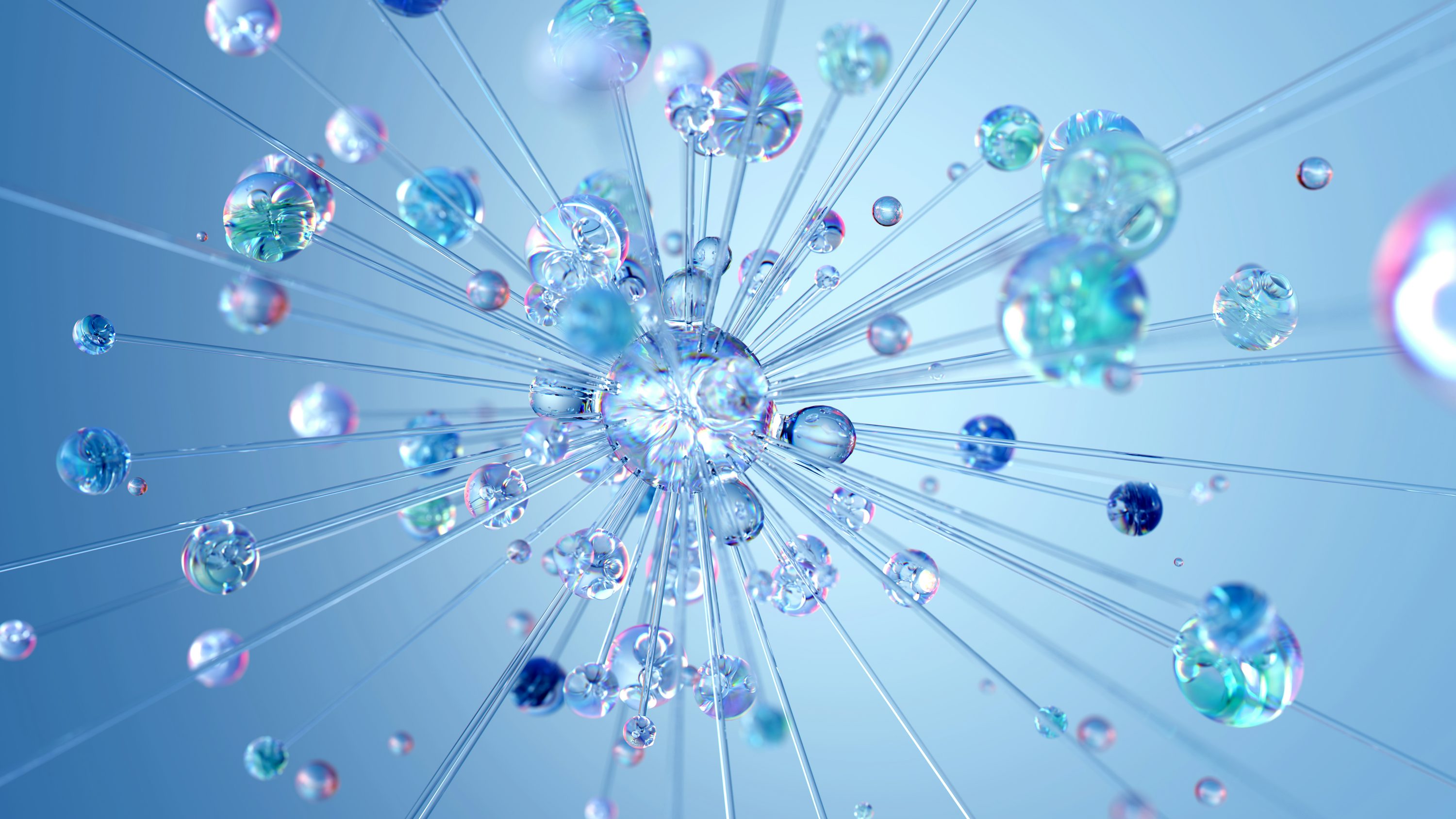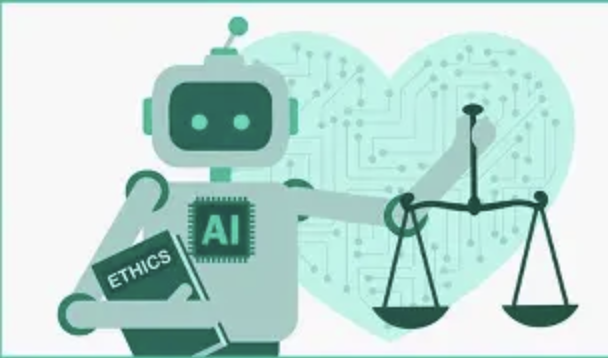astocaloric Effect Technology: Making Heat "Cool"
When you hear the word "heat," do you immediately think of air conditioners in summer, overheating graphics cards in computers, or the always “hot” smartphones in your hands? In the world of technology, "heat" is not necessarily a bad thing. In fact, sometimes it’s a treasure. Today, we’re going to talk about a somewhat “hot” technology—the elastocaloric effect.
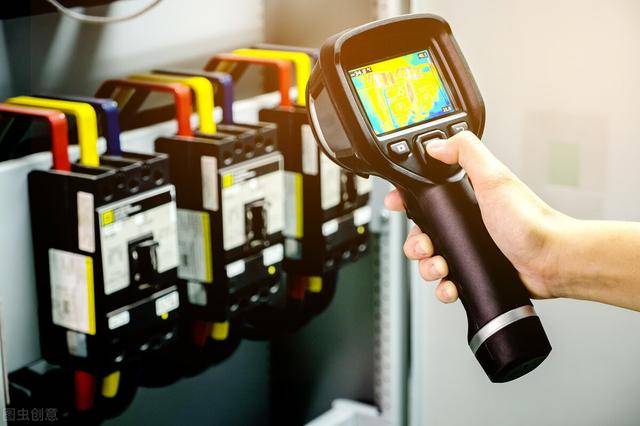
The elastocaloric effect may sound like a complicated physics concept, but in simple terms, it refers to the phenomenon where a material generates heat when it undergoes rapid deformation. Imagine pressing down on a spring—when it snaps back to its original shape, part of the energy is converted into heat, like the spring “sweating” a little in its haste to return to form.
Elastocaloric effect technology takes advantage of this phenomenon, enabling certain materials to generate heat through deformation in a short time. This has enormous potential, especially in high-tech fields that require precise temperature control or heat utilization.
You might be thinking, “Isn’t heat a bad thing?” For instance, when a phone overheats while gaming, the screen becomes hot to the touch, and you might feel like it’s about to “explode.” Don’t worry—this kind of “heat” can actually be a good thing.
In traditional thermal management, we typically need to remove heat from devices to prevent damage caused by overheating. This is where cooling materials and systems play a major role. However, the elastocaloric effect is different. Instead of "moving heat around," it directly generates heat through material deformation, cleverly making use of the heat itself. In certain application scenarios, this technology is simply a “perfect match.”
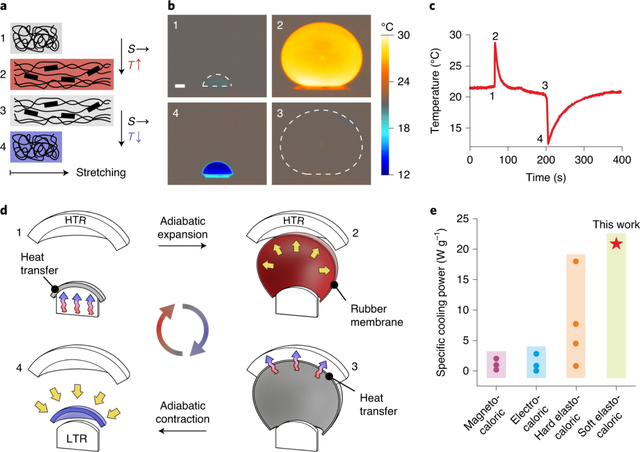
Someday in the future, your clothing might be embedded with materials that exhibit the elastocaloric effect. On cold days, as you move, the materials would undergo small deformations and generate heat, keeping you warm. This would eliminate the need for battery-powered heating methods, offering a more energy-efficient, power-independent solution for staying warm. Doesn’t that sound more convenient than wearing a mini heater?
In extreme environments, such as space or polar expeditions, carrying batteries or complex heating systems can be a burden. Elastocaloric effect technology offers a solution to this problem. For example, astronauts performing spacewalks have to endure extremely low temperatures while also dealing with frequently overheating equipment. If their spacesuits were embedded with materials utilizing the elastocaloric effect, astronauts could generate heat through movement, eliminating the need for additional heating devices.
Moreover, this heat generation process comes from within and is not limited by battery capacity. As long as you move, heat is continuously produced. It’s like unlocking a "superpower"—you move, heat follows. It’s simple, efficient, and reliable.
The applications of elastocaloric technology are not limited to high-profile fields like spacesuits. It has many potential uses in everyday scenarios as well. For example, in manufacturing, some high-precision instruments require specific temperatures to function properly. Traditionally, such temperature control relies on complex cooling systems, but with elastocaloric technology, the micro-deformations within precision equipment can help regulate temperature without external heating or cooling.
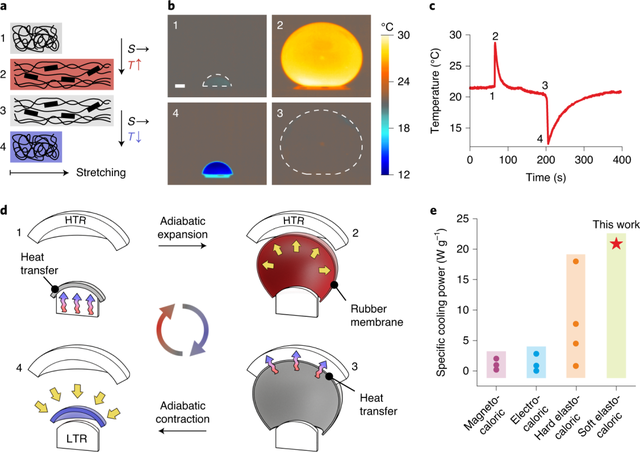
Another application is in smartphones and wearable devices. As these devices become more powerful and multifunctional, overheating issues are common. With elastocaloric effect technology, future smart devices might not only passively dissipate heat but also actively "generate" heat in certain situations to regulate their temperature, adapting more effectively to different environments.
In summary, the core of elastocaloric technology lies in generating heat through material deformation. This approach not only provides heat in specific environments but also introduces revolutionary changes to many technological applications. In the future, elastocaloric effect technology could shine in fields such as energy, smart devices, and extreme sports gear, turning "heat" from a problem into a reliable technological ally.
Just as you wouldn’t complain about your electric kettle warming your hands, the elastocaloric effect allows us to "make good use" of heat rather than simply “shunning” it. With this technology, you’ll no longer need to worry about being too cold or too hot. As always, technological progress manages to bring us just a little bit of warmth, often in the most unexpected ways.
(Writer:Ganny)
